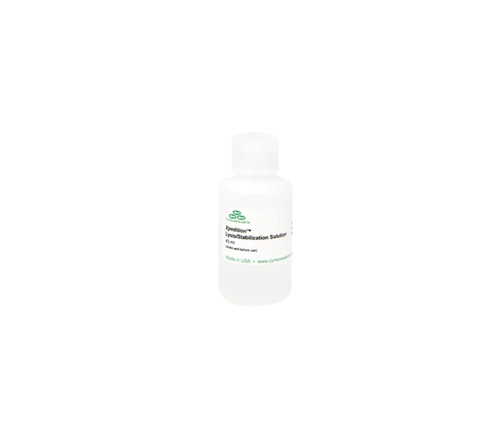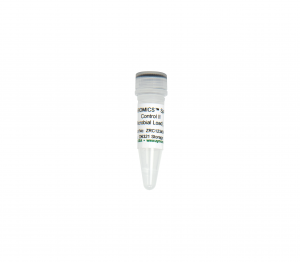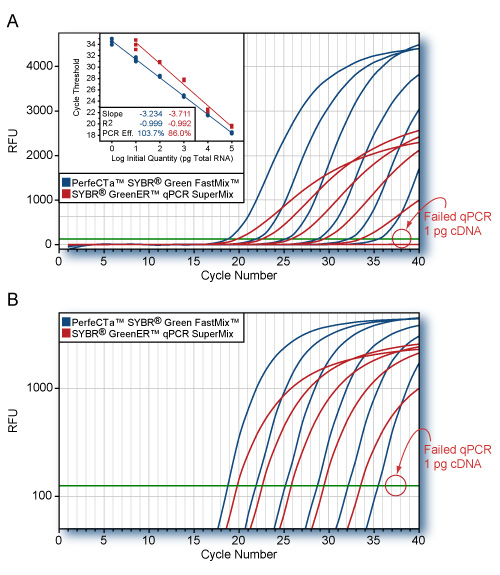Xpedition Lysis Solution/Stabilization Solution
| Cat# | Name | Size |
|---|---|---|
| D6202-1-40 | Xpedition Lysis Solution/Stabilization Solution | 40 ml |
Description
Highlights
- For the collection and prolonged storage of samples.
- Preservation of DNA in stored samples.
- Used in conjunction with mechanical lysis.
Description
Xpedition Lysis/Stabilization Solution is used in conjunction with mechanical lysis for efficient extraction/preservation of DNA in sample lysates for long periods of time without the need for refrigeration.
A robust and sensitive assay was developed to screen for the 18S rRNA gene of Plasmodium falciparum and Plasmodium vivax from asymptomatic and low density infections. The new RT-PCR based method could detect malaria infections that were significantly lower than the standard microscopy and rapid detection method. DNA/RNA Shield was used to preserve patient’s blood samples in the field for 14 days at 28°C and 80% humidity.
An RNA-based detection method was developed to detect low asymptomatic malaria infections in rural areas of Haiti. Three different detection methods were utilized–rapid diagnostic test, thick smear microscopy and a qRT-PCR assay were evaluated. The blood samples used for qRT-PCR were preserved in DNA/RNA Shield to maintain the sample integrity until RNA isolation. The qRT-PCR method was the most sensitive and identified significantly more samples.
During a survey of Middle East respiratory syndrome coronavirus (MERS-CoV), nasal swabs from dromedary camels were collected into DNA/RNA Shield . Any MERS-positive swab samples were completely inactivated in DNA/RNA Shield and were subsequently used for RNA extraction. Successful detection of MERS-CoV and phylogenetic analysis suggests local zoonotic transmission through the respiratory route onto humans.
West Nile virus positive plasma samples were inactivated in DNA/RNA Shield and resulting viral RNA was detected and identified by qRT-PCR. Phylogenetic comparisons between human and mosquito-derived strains were closely related but not identical which indicates co-circulation in a confined area.
DNA/RNA Shield was used to preserve RNA in plasma samples positive for Dengue and Chikungunya virus. Extracted total RNA was used for downstream sequencing for genotyping and phylogenetic analysis. Results revealed two serotypes (DENV-2 and DENV-3) along with CHIKV infection representing the first documented co-infection.
Samples taken from groundwater supplies in the city of Kabwee, Zambia were preserved and inactivated in DNA/RNA Shield . The samples were then examined for enteric pathogens. 16S rRNA analyses of the samples identified the presence of enteric bacteria contamination with prevalent contamination of Citrobacter freundii and Vibrio cholera.
DNA/RNA Shield was used to preserve biofilm samples of Xyella fastidiosa, a gram negative plant-pathogenic bacterium, until RNA isolation for RNA-Seq analyses. The authors reported that during the presence of calcium (Ca) supplementation, transcriptomic changes were observed in cells to promote biofilm growth, while non-supplementation of Ca resulted in the scattering of Xylella fastidiosa.
DNA/RNA Shield was used to store water collected onto filters and total RNA was isolated. A detailed metatranscriptomic analysis of the microbial communities points towards differing metabolic cycles occurring in anoxic and saline habitats in upper and deep sea regions respectively.
Pachiadaki MG, et. al. (2014). Unveili
MicroRNA expression profiles of 11 African sorghum plants were analyzed under watered and drought conditions to determine the mechanisms involved in drought tolerance. The leaves from sorghum plants exposed to different growing conditions were preserved in DNA/RNA Shield until RNA extraction.
The researchers sought to better understand the physiological importance of the non-sense-mediated mRNA decay (NMD) in murine Sertoli cells. Mice testes were preserved in DNA/RNA Shield and stored RNA isolation. The data revealed that the knockout of Upf2, which is part of the NMD pathway, resulted in testicular atrophy and sterility.








